



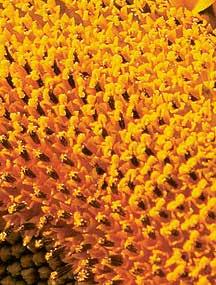


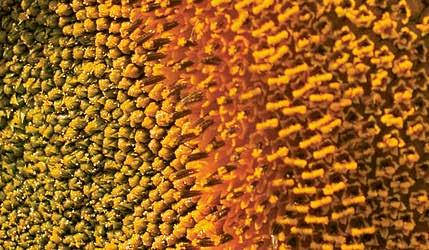











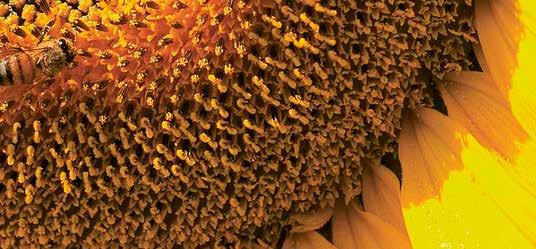




This exhibit explores the world of protein-rich, plant-based foods. Plant-based foods have been grown and eaten around the world for centuries and are still important today for healthy diets and resilient farms.
Follow along to learn:
• Why getting more of our food from plants can make us healthier, protect the environment, and help today’s farmers produce more food on less land.
• How beans and other legumes have changed the course of agriculture.
• Why more farmers are growing plant-protein crops and how regional food companies and scientists are leading the way in plant protein food innovation.
• How delicious and diverse protein-rich plant-based foods are.
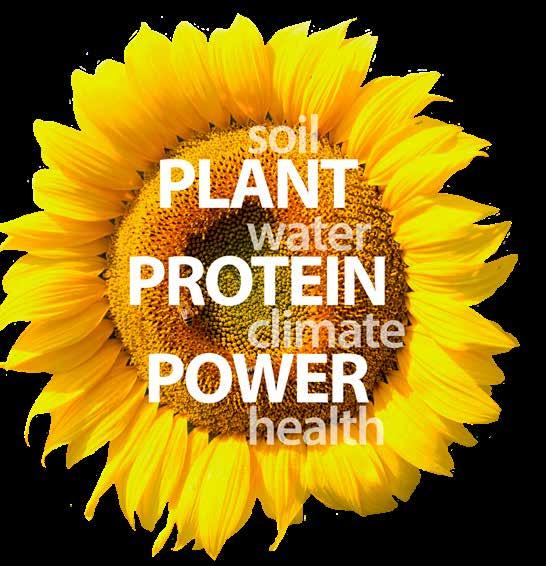
Plant-based foods include legumes, vegetables, fruits, grains, nuts, and seeds, plus foods made from these ingredients. Plant-based can mean simple, familiar foods like bread, apples, and hummus, or it can mean new products like pasta made from lentils, milk from flax and hemp seeds, yogurt from oats or almonds, and burgers from yellow peas.
Getting more plants in our diets is not about giving up any one kind of food. It’s about adding more of the foods that keep us healthy. It’s a way to support climate-friendly farming and help farmers feed a growing global population.
Today, farmers, food companies, and scientists are finding new ways to grow and create protein-rich foods from plants.

Did you know MN is the 3rd largest dry bean producer in the U.S.?

Making plants a bigger part of our daily meals is good for people and the planet.
Historically, human diets
Historically, human diets were mostly plant-based, and in many countries, they still are. Growing plants for people to eat is a more efficient use of our limited, productive lands than raising animals for food. With the global population projected to reach 10 billion by 2050, we’ll need to make wise choices if we are to grow enough food for all of us.
Growing a wider mix of high protein crops—including legumes (beans, peas, lentils) and small grains (oats, barley)—adds nitrogen to soil and builds resilience. Crop diversity improves soil health, disrupts pest and disease cycles, reduces risks for farmers, and supports natural nutrient cycles.
Eating more plant-based foods is good for our health. Plant foods provide many essential nutrients that strengthen our bodies. A diet richer in these foods can help prevent heart disease, diabetes, and other chronic conditions
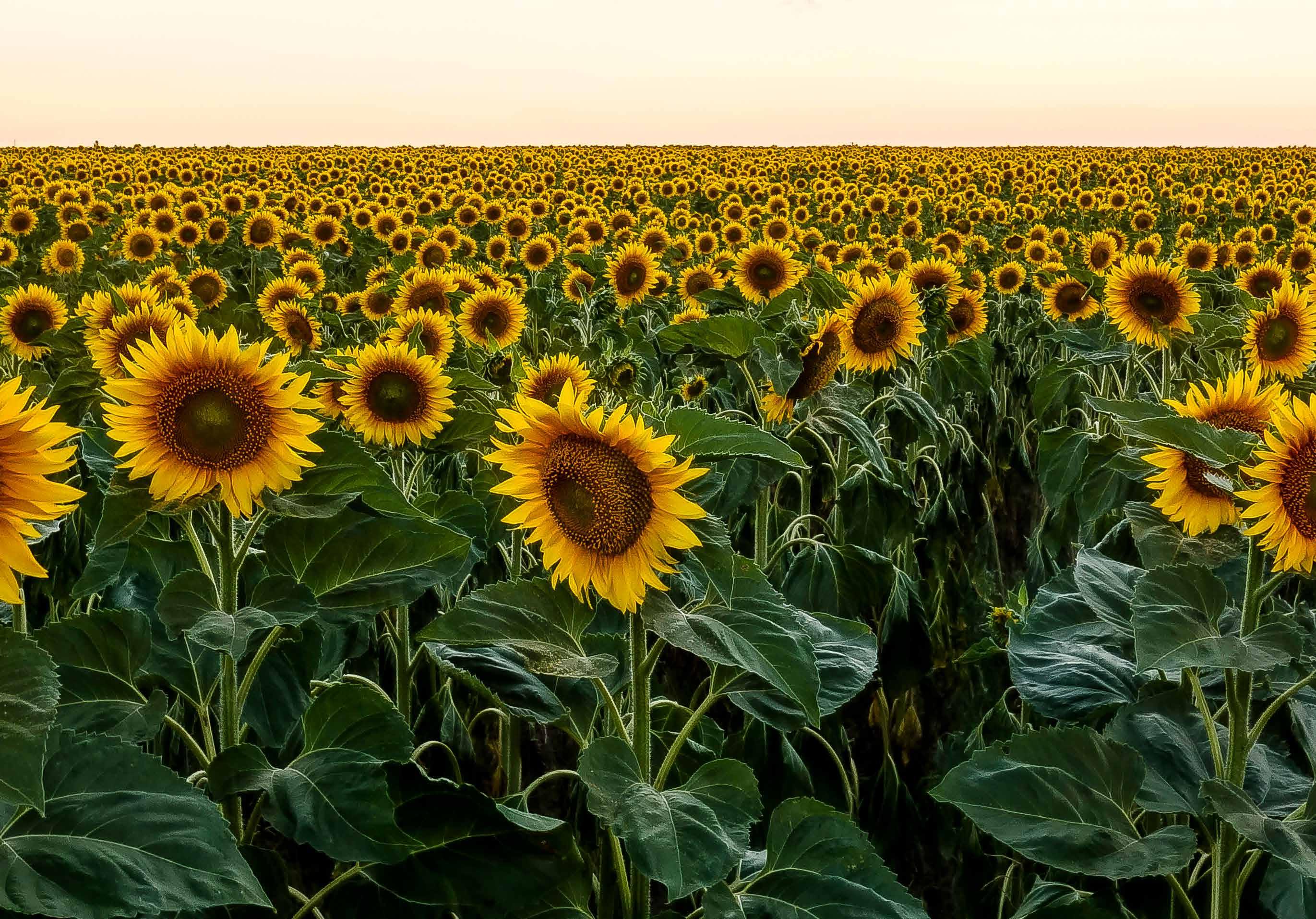

Legumes are one of the largest and most diverse plant families in the world. There are more than 40,000 varieties of lentils, 60,000 of chickpeas, and 120,000 of beans! Legumes also include peanuts, soybeans, alfalfa, and clover. All legumes grow their seeds inside pods.
Legumes are special crops because they can do something most plants can’t — take nitrogen from the air and turn it into a form plants can use. This process, called nitrogen fixation, means they require little or no added fertilizer to grow, and they leave nitrogen behind after harvest, meaning less nitrogen is needed for the next crop.
But that’s not the only way legumes help the land. They improve soil structure by adding organic matter, which helps the soil hold water and resist erosion. Their roots create channels in the soil, improving airflow and making it easier for future crops to take root. They’re a powerful tool for fertility, soil health, and long-term sustainability.
Pulses are the group of legumes grown mostly for their dry, edible seeds, like kidney beans, black beans, chickpeas, lentils, and dry peas.

Did you know all pulses are legumes, but not all legumes are pulses?

Soybeans are a nutrient-dense, protein-rich food. Most Minnesota’s soybeans are grown for animal feed or fuel, but some farms grow identity-preserved (IP) soybeans, special varieties bred for human food. These soybeans are found in many products: soymilk, tofu, tempeh, soy flour, to name a few.
Edamame, or green soybeans, have been a favorite snack in Japan for centuries and are now winning fans in the U.S. Unlike mature soybeans, edamame is harvested while still young and tender. Often boiled and lightly salted, they are a simple, nutritious treat or side dish.
Organic, always has been, always will be.
Sno-Pac Foods, a fourthgeneration family business in southeast Minnesota, has been growing and freezing organic vegetables for decades, long before “organic” was a household word. Founded by the Gengler family, Sno-Pac began with a small farm and a vision to grow food in harmony with the land. Today, the family still oversees every step of the process, from planting to processing, ensuring their vegetables are fresh, flavorful, and sustainably raised.
edamame, as well as a signature blend they call “soycutash,” a colorful mix of edamame, sweet corn, and red peppers. Sno-Pac Foods
Their diverse frozen product line includes Midwest-grown




Fertilizer runoff pollutes rivers and lakes, creating oxygen-starved dead zones that release methane and other greenhouse gases. By cutting fertilizer use, legumes help protect waterways and reduce dead zones.
Legumes require far less energy than livestock or feed crops to produce. Growing them uses less fuel for machinery, fertilizer, pesticides, irrigation, and transport.
Legumes produce a lot of food calories and protein using very little land.
Legumes add nitrogen naturally to the soil, reducing the need for adding additional fertilizer. (The manufacturing of synthetic fertilizers emits large amounts of carbon dioxide (CO₂).
Many legumes are droughttolerant. They require up to 90% less water per gram of protein than beef, reducing both water use and the emissions tied to irrigation.
Legumes help keep soils covered between other crops, protect against erosion, and improve soil structure. This supports storing more carbon in the ground rather than releasing it into the air.

In the Upper Midwest, dry edible beans—think kidney and pinto—are a key crop. Well-suited to our cooler temperatures, shorter growing season, and loamy soils, they’re bred for disease resistance and mechanical harvest, making them practical to grow at scale.

“I choose beans for a lot of reasons,” says Paula Foreman, owner of Encore Farm in Stillwater. “They taste so good and are good for the land. They’re also the most affordable protein on the planet and store beautifully, so I don’t have to worry about crops spoiling after harvest.”
Northarvest Bean Growers Association
According to the Northarvest Bean Growers Association, 2,500 dry bean farmers across Minnesota and North
Dakota, produce 40–50% of the nation’s dry bean supply, including over 75% of U.S. kidney beans.
Tony Richards, a thirdgeneration bean farmer in North Dakota and president of the Northarvest Bean Growers Association, raises beans for similar reasons. “Bean farmers work hard to care for our land, growing different crops throughout the season,” he notes. “My work is to put good food on people’s plates—real food, grown with care and integrity.”


Baked beans in North America have roots tracing back to Native American foodways. The Wampanoag and Narragansett peoples slow-cooked beans with maple syrup and bear fat to make them soft and flavorful. European colonists adapted the recipe with molasses and bacon fat. In the late 19th century, baked beans became one of the first commercially canned foods in the U.S.
Bush’s Best started when A.J. Bush, a farmer in Chestnut Hill, Tennessee founded a tomato cannery in 1908. By the 1920s, they’d diversified into beans and by the 1960s their beans were available nationwide. In the 1990s, they introduced organic and vegetarian versions of their classic recipe.
Many of the beans used in Bush’s Best are raised in Minnesota and North Dakota by the 2500 farmers who are members of the Northarvest Bean Growers Association. Once harvested, the beans are transported to Wisconsin or Tennessee where they are slow-

cooked with tomato puree, brown sugar, mustard, and spices to create the classic sweet-and-savory baked bean flavor that’s a staple of cookouts and potlucks across the country.


Chickpeas, also known as garbanzo beans, are one of the world’s oldest cultivated crops. Farmers first grew them about 10,000 years ago in the Fertile Crescent, in what is now Turkey, Syria, and Iraq. From there, chickpeas spread across the Mediterranean, South Asia, Africa, and eventually to the Americas. Because of their deep roots, chickpeas are well-suited to grow in places with little water or that experience frequent droughts.
Around the world, people have found endless ways to cook with chickpeas:
• In Nice, France, chickpea flour is used to make socca: a thin, crispy pancake cooked in wood-fired ovens.
• Sicilian panelle are chickpea fritters sliced thin, drizzled with lemon, and eaten in sandwiches.
• In Morocco, Algeria, and Tunisia, chickpeas are a common ingredient in spiced, slow-cooked stews called tagines.
• In Myanmar, cooks make Shan tofu, a soy-free tofu made from chickpeas.
• Pakora are fried vegetables dipped in chickpea flour batter, a popular street food in India.
• Besan Roti is a flatbread from India and Pakistan made with chickpea flour instead of wheat.

• In South Asia and the Middle East, chickpea flour is mixed with sugar or honey and butter and used in many desserts.

Food companies are embracing chickpeas as a versatile plantprotein ingredient. Chickpeas can be used in a lot of different foods because they are:
• Easy to work with - mixing smoothly into foods without adding a strong “beany” taste.
• Provide good texture - they help give foods structure, making them ideal for everything from baked goods to plant-based meats.
• Emulsifying - they help mix oil and water together for creamy foods like dressings or plant-based dairy foods.
• Safer for people with food allergies. Chickpeas are less likely to trigger allergies than soy or dairy..
You’ll find chickpeas in frozen meals (e.g. stews and curries), pizza crusts and crackers, and in chickpea pasta with 50% more protein and four times the fiber of wheat pasta. There’s even a dairy-free ice cream made almost entirely from chickpeas.
The Amazing Chickpea, a Minnesota company founded by Sunil Nadwani, produces chickpea butter, a creamy spread designed as an alternative to peanut butter. It can be used on sandwiches, in baking, in smoothies, or as a dip. It’s a healthy, affordable alternative for schools, families, and those with common allergens.



Humans have been growing protein-rich plants like lentils, chickpeas, and grains for over 10,000 years. They’ve also been transforming these plants into new foods/
Tofu, which is made a lot like cheese but with soy milk, was invented 2,000 years ago in China’s Han Dynasty. In the 6th and 7th centuries, Chinese Buddhists began making seitan from wheat gluten (protein), creating plant-based versions of familiar dishes like smoked duck, braised pork belly, and vegetarian shrimp.
Plant-based versions of modern favorites like burgers, pizza, and ice cream can help people get used to eating more plant foods, though they’re not an everyday substitute for whole foods like beans, grains, and vegetables. But companies are also making it easier to eat more whole plant foods by offering shelf-stable, precooked grains, canned and ready-to-eat beans, and frozen meals that are healthy and quick to use at home.
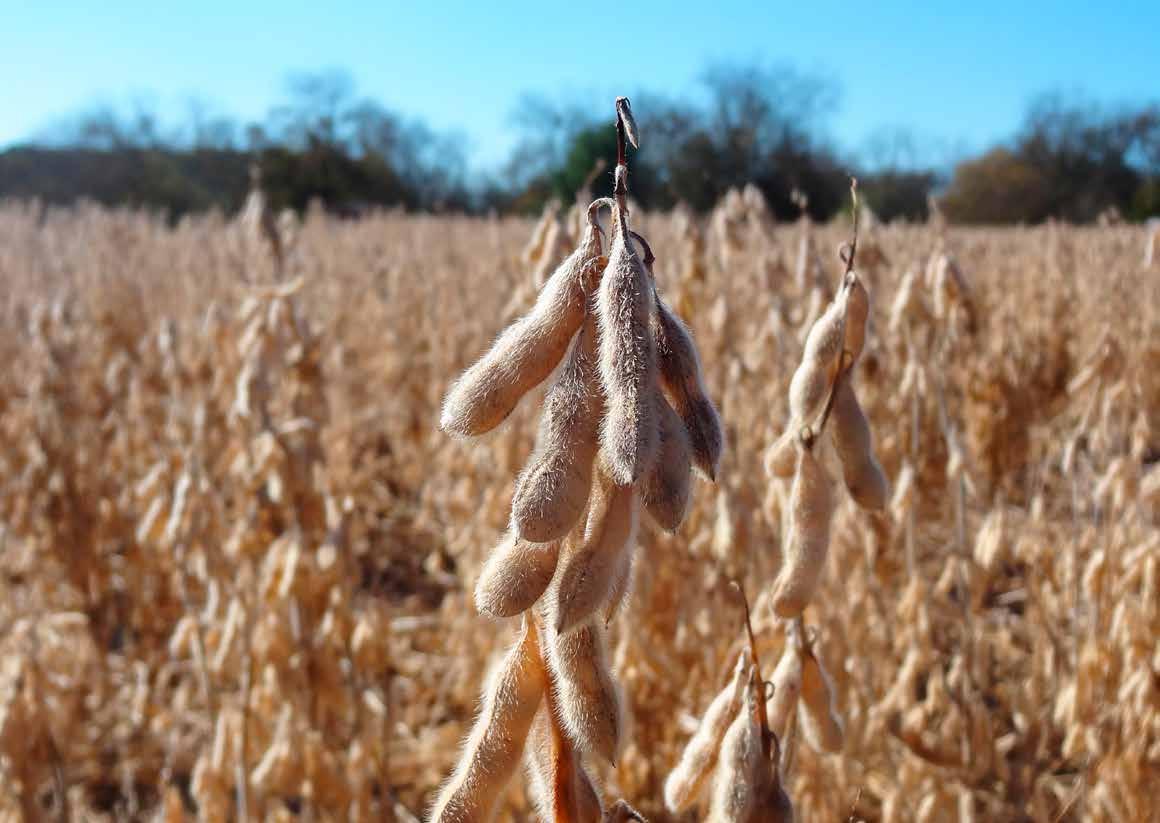


Sunflowers are grown on farms in northwestern Minnesota and North Dakota. Adding them in a crop rotation helps break pest and disease cycles. Their deep taproots reach moisture and nutrients far below the surface, making them drought-resilient. At the University of Minnesota, Forever Green researchers are developing a perennial sunflower, which could improve profits for farmers and have added environmental benefits.
While the seeds have been popular as a snack for generations, sunflower oil and meal are finding their way into many plantbased products: cereals, baking mixes, energy bars, and protein powders.
The Forever Green Initiative at the University of Minnesota is actively developing a perennial sunflower. The goal is to create a sunflower that offers similar benefits of the annual variety but also provides farmers with additional options for diversifying their operations and improving environmental benefits. Researchers are particularly focused a tuber-bearing perennial sunflower species. Introducing perennial traits into the domestic sunflower. The key lies in the overwintering tubers, and breeders are working to select plants with strong growth, single stalks, and large heads with high oil and protein content.
After drought greatly impacted their corn and soybean yields in 2007 and 2008, Tom and Jenni Smude of Pierz, Minnesota, they needed to shift to more drought-resilient crops and began planting sunflowers. Now, these bright beauties stretch across 150 acres of their land. Since 2010, they have processed their sunflower seeds–and those from area farms —into an unrefined, high-oleic oil with the same heart-healthy fat found in olive oil. They’re also making
a high protein meal out of the left-over pressed seeds, which is being used as an ingredient by food companies in Minnesota and beyond.


In the summer of 2011, Hannah and Brady Barnstable sold their first bag of muesli at a Minneapolis farmers market. Nine years later, they launched Seven Sundays–a Minneapolis-based cereal company known for its muesli and grain-free cereals produced with local ingredients grown on farms.
Seven Sundays cereals include climate-friendly crops like sorghum, sprouted buckwheat, and pumpkin seeds. In 2023, they introduced the first commercial breakfast cereal made with U.S.-grown upcycled sunflower protein, sourced from sunflowers grown in Minnesota and the Dakotas. One cup of their sunflower cereal provides five grams of protein (almost as much as an egg), two grams of fiber, and is gluten-free and free of the refined sugars, dyes, artificial flavors and colors usually found in commercial cereals.
“Sure, it’s just cereal,” says Brady, “but our company is working to build a better food system in harmony with nature, using ingredients grown locally, while collaborating with other likeminded companies.”



Most people think protein only comes from meat, fish, eggs, or dairy. But plants provide protein too.
Legumes, such as beans, peas, and lentils are among the richest plant sources of protein, but almost all plant foods, including grains, nuts, seeds–and even vegetables–contribute some.
How much protein is in plants?


1 cup of cooked lentils = 18 grams of protein, similar to 3 ounces of chicken
1 cup of edamame = 17 grams of protein, similar to 3.5 oz sliced ham

1 cup of oats = 6 grams of protein, similar to a large egg
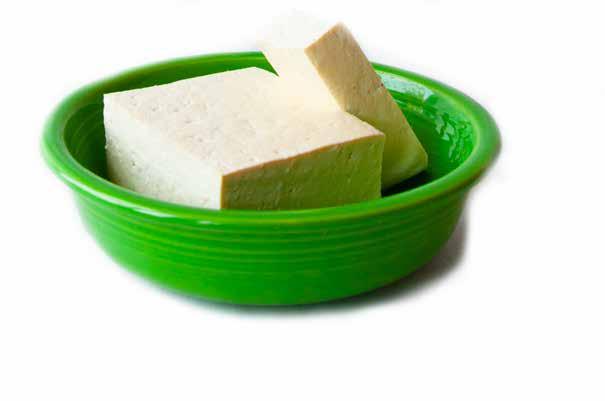
100 grams of tofu = 35 grams of protein, similar to 5 oz. of tuna or salmon
Bonus: Plant-based proteins also contain fiber, antioxidants, and essential nutrients, all of which support long-term health.


Here are some practical ways to add plants to your diet:
• Adapt meals you already like. Add squash and greens to taco filling, stir beans into chili or stew, or layer roasted vegetables into lasagna.
• Make simple swaps. Use chickpeas to make “egg salad,” panfry tempeh for a “TLT,” or try lentil and mushroom Bolognese in place of ground beef.
• Try making one fully plant-based meal a day. Breakfast can be the easiest place to start: whole grain porridge, toast with hazelnut butter, granola with fruit and plant milk or yogurt.
• Taste new plant-based foods together. Try plant-based burgers or sausages at a cookout or family meal, where everyone can compare and discuss. Or serve a plant-based dessert and see who can guess the ingredients.
• Explore cuisines with long plant-based traditions. Many global food traditions have perfected the art of preparing legumes, tofu, tempeh, and seitan. Order a plant-based dish next time you dine at an Indian, Chinese, Vietnamese, or Ethiopian restaurant.
Did you know the bean water in a can of chickpeas is called aquafaba and can be whipped into a foam, similar to egg whites, and used in recipes that call for them?


Oats are at the center of one of the biggest plant-based food trends of the last decade: oat milk. Oat milk is free of major allergens found in cow, soy, and almond milks, but can be used in the same ways.
Oat milk is made by milling oats and blending with water. Enzymes break down the oat starch into natural sugars, creating a smooth, lightly sweet liquid. U.S. sales of oat milk skyrocketed from near zero in 2016 to over $527 million by 2022. Today, there are many brands of oat milk, along with oat yogurt, butter, and ice cream.
Minnesota once led the nation in oat production, when widely grown for horse feed. Oat acreage fell as tractors replaced horses, with oats nearly disappearing from the Midwestern landscape. Today, the U.S. grows 1/7th of the oats grown in 1921, which covers less than 2% of Minnesota farmland.
But some farmers are bringing oats back because of the growing demand by foodmakers. Including oats into a crop rotation can enhance the overall performance of the farming system.
In Albert Lea, a group of 90 Midwest farmers from Minnesota, Iowa, South Dakota, and Wisconsin are investing in an oat revival. Together they are building Green Acres Milling, a new farmer-owned oat processing plant scheduled to open in Albert Lea in 2026.
The $55 million facility will process 3 million bushels of oats per year to help meet rising demand for oat milk, cereal, and other foods. Today, about 95 percent of the oats in U.S. grocery products come from Canada. Led by Iowa farmers Landon and Anne Plagge, Green Acres aims to provide the infrastructure and market support farmers need to
make oats a viable part of Midwest agriculture again. The mill will offer technical assistance, farming advice, and a guaranteed buyer for foodgrade oats, a key missing link in the regional grain chain. By creating a local supply chain, Green Acres Milling aims to reduce transportation costs, cut emissions, and offer traceability back to the farm.
Farmers who add oats to their cornsoy rotations often see economic benefits alongside improved soil health. Some report cutting input costs by a third through reduced herbicide use and improved soil management.

At Doubting Thomas Farms in Moorhead, Minnesota, Noreen and Lee Thomas grow organic oats, wheat, barley, soybeans, heritage corn, and buckwheat. Their children are the fifth generation of Lee’s family to work the farm.
Noreen’s passion to support other women farmers, combined with her entrepreneurial spirit, led to a collaboration with six other women-owned farms in the area. They grow the ingredients that Doubting Thomas Farms uses to produce a seven-grain cereal blend.
The farm’s grains and flours are used by chefs at well-known restaurants across the country. One of the farm’s signature products is oat groats, the whole oat kernel with the outer hull removed but before any further processing such as rolling or flaking. Oat groats have a chewy, nutty texture similar to barley and can be used in soups, pilafs, and porridges.








